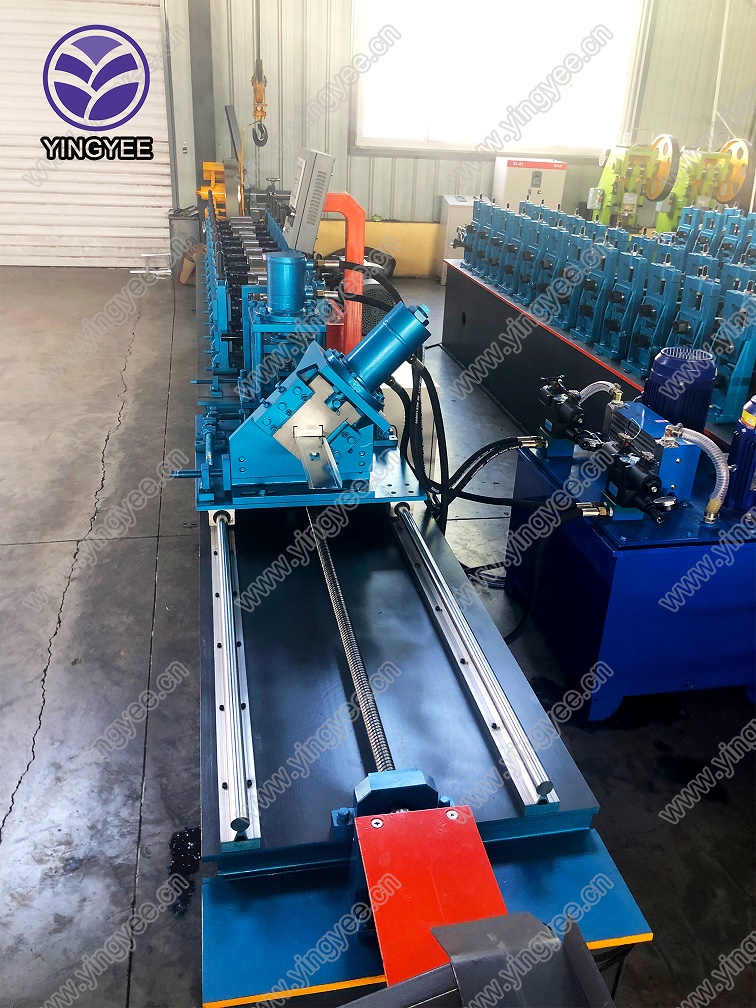
The Advancements and Applications of Roll Mesh Welding Machines
In recent years, the manufacturing industry has seen significant advancements in the technology of welding machines. One such innovation is the roll mesh welding machine, a specialized piece of equipment designed to efficiently produce welded mesh for various applications. This article explores the functioning, benefits, and applications of roll mesh welding machines, highlighting their importance in modern manufacturing processes.
Understanding Roll Mesh Welding Machines
A roll mesh welding machine is designed primarily for welding wire mesh or grids in a continuous production process. The machine operates by feeding rolls of wire into the welding station, where it intersects at predetermined intervals. Using an array of electrical resistance welding technology, the machine applies heat to the wire at these junctions, resulting in strong, durable welds that form the mesh structure.
Typically, roll mesh welding machines can process different types of materials, including low carbon steel, stainless steel, and other alloys
. These machines are versatile, capable of producing various mesh sizes, wire diameters, and patterns, making them suitable for different industries and applications.Key Benefits
One of the most significant advantages of roll mesh welding machines is their efficiency. They are engineered for high-speed production, enabling manufacturers to produce large quantities of welded mesh in a relatively short period. This capability not only increases productivity but also helps reduce labor costs, as fewer operators are needed compared to traditional welding methods.
Moreover, the precision of roll mesh welding machines ensures uniformity and consistency in the weld quality. Each junction is welded under controlled conditions, minimizing the risks of weak spots or variations in strength. This precision is particularly critical in applications where structural integrity is paramount, such as in construction and industrial settings.

Another benefit is the machine's capability to handle large-scale projects with ease. The roll-to-roll processing allows for continuous production, which is ideal for manufacturers dealing with high demands or large orders. The integration of advanced technology, such as automated feeding and computer-controlled welding operations, further enhances the efficiency and effectiveness of these machines.
Applications in Various Industries
Roll mesh welding machines find applications in a myriad of industries. One of the primary sectors is construction, where welded wire mesh is used for reinforcing concrete structures. The strength provided by the welded mesh helps to create safer, more durable buildings, bridges, and other infrastructures.
In the agricultural sector, roll mesh welding machines produce fencing materials and enclosures for livestock. Durable welded mesh panels ensure that animals are securely contained while allowing for adequate ventilation and visibility.
Additionally, these machines are used in manufacturing processes that require industrial filtration products, such as water and air filters. The precise structuring of mesh ensures that these products effectively trap impurities while allowing for smooth airflow or water passage.
Roll mesh welding machines are also prominent in the automotive and aerospace industries, where they contribute to the production of components like wire harnesses and composite materials. The use of welded mesh in these sectors helps in weight reduction while maintaining structural stability, thereby enhancing overall performance.
Conclusion
As industries continue to evolve and demand more efficient and high-quality products, the roll mesh welding machine stands out as a crucial innovation in the welding landscape. Its ability to produce high-quality welded mesh at an impressive speed has made it a preferred choice among manufacturers across various sectors. With the ongoing advancements in technology, future roll mesh welding machines are likely to incorporate even more sophisticated features, further widening their scope and applications. The impact of these machines will undoubtedly continue to resonate in the manufacturing processes of tomorrow.